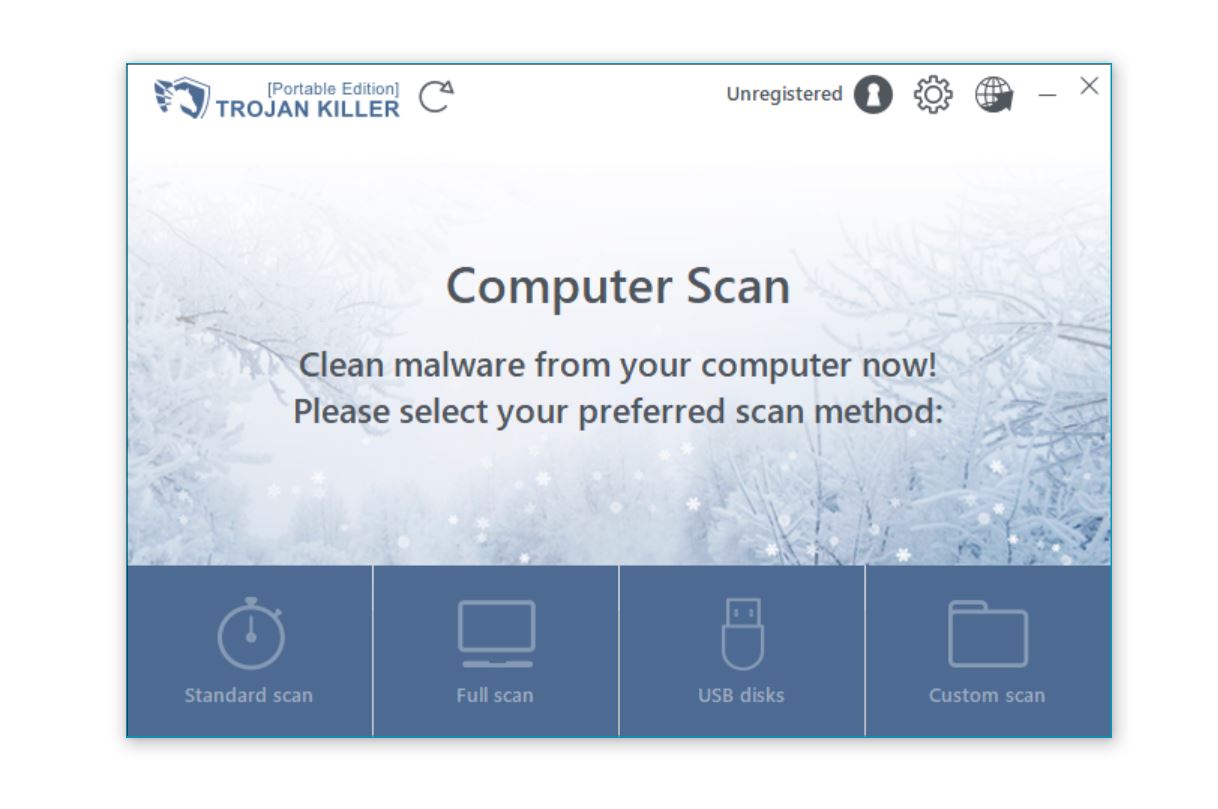Physical Address
Lesya Kurbasa 7B
03194 Kyiv, Kyivska obl, Ukraine
Physical Address
Lesya Kurbasa 7B
03194 Kyiv, Kyivska obl, Ukraine

Have you ever experienced the frustration of BKAV Pro flagging legitimate software as malicious? This common occurrence known as a “false positive” can lead to unnecessary panic, system disruption, and wasted time. Our comprehensive guide explains why BKAV Pro generates false positives, how to identify them, and the steps to resolve these incorrect detections while maintaining your system’s security.
| Issue Type | Antivirus False Positive Detection |
| Software | BKAV Pro Antivirus |
| Common False Positives | Legitimate system files, third-party software installers, development tools |
| Impact | System disruption, legitimate file quarantine, software functionality issues |
| Resolution Methods | Whitelist files, update definitions, verify with alternative scanner |
| Difficulty Level | Moderate – requires careful evaluation of detected threats |
False positives occur when antivirus software incorrectly identifies legitimate files or applications as malicious. This happens when the detection signatures or heuristic analysis algorithms in the antivirus program match patterns in benign files that are similar to those found in actual malware.
BKAV Pro, like other antivirus solutions, uses various detection methods including:
While these methods provide protection, they sometimes lead to false positives, especially when legitimate software exhibits behavior patterns similar to malware.
Users have reported BKAV Pro incorrectly flagging the following types of legitimate files:
| File/Software Type | Common False Detection Names | Why It’s Flagged |
|---|---|---|
| Development Tools | W32.Trojan.WannaCry, Backdoor.Win32 | Code compilation functions that modify system files |
| System Optimization Utilities | PUA.Win32, Riskware.ModifyRegistry | Registry modifications and system file interactions |
| Game Launchers/Mods | Trojan.GameThief, Riskware.Win32 | Memory manipulation techniques used in gaming |
| Virtualization Software | Rootkit.Boot, Exploit.VMEscape | Low-level system access needed for virtualization |
| Windows System Files | Trojan.WinShell, Exploit.Win32.System | Essential Windows components with elevated privileges |
Before dismissing any detection as a false positive, carefully evaluate these indicators:
Source: Analysis based on GridinSoft research on antivirus detection methodologies, 2025
If you’ve determined that BKAV Pro has incorrectly flagged a legitimate file, follow these steps to resolve the issue:
Outdated virus definitions often cause false positives. Updating to the latest definitions may resolve the issue:
Help improve BKAV Pro by reporting the false positive:
For absolute certainty, use a reliable second opinion scanner:

Using a specialized tool like Trojan Killer as a second opinion scanner can help verify whether a detection is legitimate or a false positive. If both scanners flag the file, it’s more likely to be an actual threat.
These examples demonstrate common false positive patterns in BKAV Pro:
| File/Software | False Detection Name | Why It Was a False Positive |
|---|---|---|
| Visual Studio compiler (cl.exe) | Backdoor.Win32.Generic | Code compilation features triggered heuristic detection |
| Registry cleaner utilities | PUA.Win32.RegModify | Legitimate registry modifications flagged as suspicious |
| VirtualBox driver files | Rootkit.Boot.VirtualMachine | Low-level system access needed for virtualization |
| System monitoring tools | Spyware.Win32.Monitor | Legitimate system monitoring capabilities |
| Game cheat engines | Trojan.GameHack | Memory manipulation techniques similar to malware |
False positives create several security challenges:
According to a Microsoft Security Intelligence report, organizations that experience high rates of false positives often show decreased response times to actual threats, creating a significant security vulnerability.
While every antivirus solution generates false positives, their frequency and impact vary:
Source: Independent testing based on common enterprise software packages and system utilities, 2025
As shown in the chart, specialized solutions like Trojan Killer typically have lower false positive rates because they focus on accurate detection rather than overly aggressive heuristics.
Follow these practices to reduce false positive occurrences:
While false positives are common, certain scenarios indicate a higher likelihood of an actual threat:
If you’re uncertain, consider the risks of ignoring potential malware and take appropriate precautions.
False positives are an inevitable part of using any antivirus solution, including BKAV Pro. The key is finding the right balance between security and usability. By understanding why false positives occur, how to identify them, and the proper methods to resolve them, you can maintain strong security while minimizing disruption.
For optimal protection with minimal false positives, consider implementing a layered security approach that includes regular updates, careful source verification, and a reliable second-opinion scanner like Trojan Killer.
Remember that false positives, while frustrating, indicate that your security solution is actively working to protect your system. The goal isn’t to eliminate all false positives (which would likely weaken overall security) but to manage them effectively while maintaining strong protection against genuine threats.
No. Always carefully evaluate each detection. Only ignore alerts after thorough verification that they are indeed false positives. When in doubt, use a second opinion scanner like Trojan Killer to confirm.
Adding legitimate exclusions for verified false positives should not significantly impact security. However, excessive or careless exclusions can create security gaps. Only exclude specific files or locations that you’ve confirmed are safe, not entire drives or system directories.
BKAV Pro may use more aggressive heuristic detection to maximize threat detection, which can lead to higher false positive rates. Different antivirus engines balance detection sensitivity differently based on their security philosophy.
Yes, all antivirus solutions generate false positives to some degree. It’s an inherent trade-off in security scanning – higher detection rates often correlate with higher false positive rates. The key difference is how effectively each product manages this balance.
Before uninstalling, try updating the program, adjusting settings, and creating appropriate exclusions. If problems persist, you might consider an alternative solution like specialized anti-malware tools with lower false positive rates.